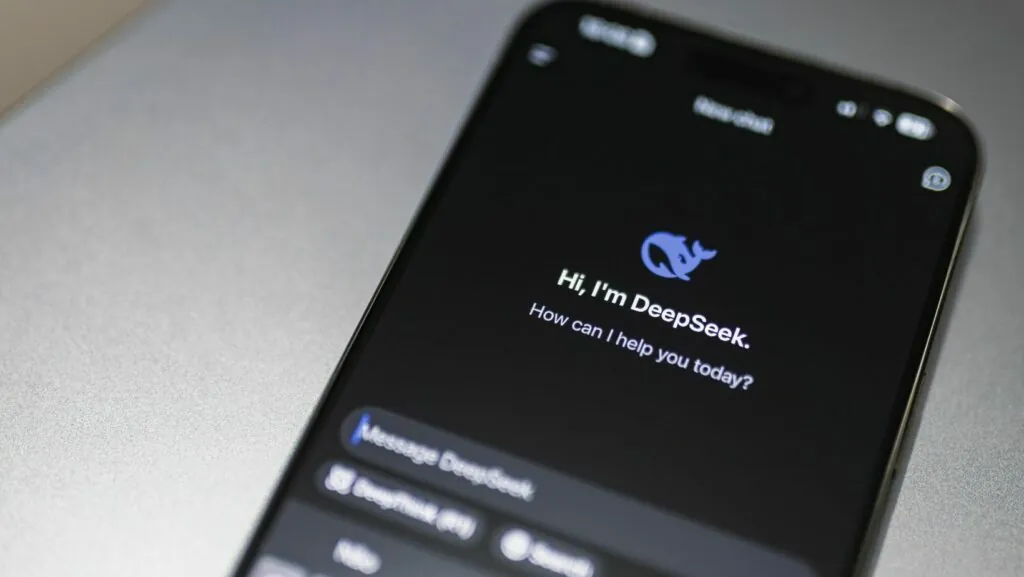Imagine chatting with ChatGPT like you’re sharing a coffee with your best friend, but instead of sipping lattes, you’re diving into deep conversations with just your voice. Sounds dreamy, right? Well, it’s time to turn that dream into reality! Enabling voice chat in ChatGPT can transform your experience from a simple text exchange to a dynamic dialogue that feels almost human.
Table of Contents
ToggleUnderstanding Voice Chat in ChatGPT
Voice chat in ChatGPT enables users to interact using spoken language. This feature transforms the conversation experience, making it feel more organic and engaging.
What Is Voice Chat?
Voice chat refers to the capability of communicating with ChatGPT through audio input. Users can speak naturally, allowing the AI to interpret voice commands and respond accordingly. This functionality complements text communication, creating a seamless flow in interactions. Many platforms integrate voice chat to enhance user accessibility and offer an intuitive way to engage with technology. In practice, this means users obtain answers without needing to type, making it more convenient for those on the go.
Benefits of Voice Chat in ChatGPT
Voice chat enhances interactions by providing a more human-like dialogue experience. Facilitating quick responses translates to more efficient conversations. Users can express complex emotions through tone and inflection, making exchanges richer and more nuanced. Moreover, this feature promotes inclusivity, accommodating individuals with varying literacy levels or typing difficulties. Voice chat also allows multitasking, enabling users to carry on conversations while managing other tasks. Overall, this functionality elevates engagement and accessibility, reinforcing the transformative nature of AI communication.
Steps to Enable Voice Chat in ChatGPT
Enabling voice chat in ChatGPT enhances the interaction experience, making conversations more dynamic. Follow these steps to successfully set up voice capabilities.
Setting Up Your Environment
First, ensure a compatible device is available. A smartphone, tablet, or computer equipped with a microphone enhances voice communication. Next, a stable internet connection is essential for seamless audio exchange. Adjust the volume settings on your device to avoid interruptions during conversations. Using headphones can also improve audio clarity. Lastly, choose a quiet location to minimize background noise, creating an optimal environment for interaction.
Configuration Settings
Access the settings menu within ChatGPT by clicking the necessary options. Locate the voice chat feature and toggle it on. Select a preferred voice option from the available settings; various voice types cater to personal preferences. Adjust the speech rate and volume according to comfort levels for an enhanced chatting experience. Enable permissions for microphone access to ensure the application can capture audio input effectively. With these configurations, users can enjoy a smooth and engaging voice chat experience.
Using Voice Chat Effectively
Voice chat enhances the overall interaction experience in ChatGPT. Effective communication strategies can make conversations more fluid and enjoyable.
Best Practices for Communication
Articulating thoughts clearly improves understanding. Speaking at a moderate pace facilitates easy comprehension. Using simple language can help convey messages more effectively. Asking questions to seek clarification promotes engagement. Practicing good microphone etiquette, such as speaking close to the mic, enhances audio quality. Finally, maintaining eye contact with the device fosters a more personal connection during conversations.
Common Issues and Troubleshooting
Background noise often interferes with voice recognition accuracy. Users should consider finding quieter spaces for better audio input. If the voice chat feature doesn’t respond, checking microphone permissions is essential. Restarting the device may also resolve temporary glitches. Adjusting the speech rate or volume settings can improve the overall experience. Lastly, users experiencing consistent issues should consult the support resources provided by ChatGPT for further assistance.
Future of Voice Interaction in AI
Advancements in voice interaction technology continue to shape the landscape of artificial intelligence. ChatGPT’s integration of voice capabilities signifies a key step toward more immersive user experiences. Natural speech recognition enhances engagement, making conversations feel more genuine and less robotic.
Emerging technologies will likely prioritize user accessibility, ensuring that voice chat functions cater to individuals with diverse needs. Features like adaptive voice settings and real-time language translation promise to provide personalized interactions, thereby expanding the user base.
AI’s evolution will also focus on improved emotional intelligence. By recognizing tone and inflection, systems can respond appropriately, fostering deeper connections between users and AI.
Data from current trends indicate a growing preference for voice communication, particularly among younger generations. Statistics show that voice-enabled devices reached approximately 3.25 billion units sold globally in 2022. This booming market highlights the potential for voice chat capabilities to become a standard rather than a novelty.
Users can expect further enhancements in voice accuracy and context-awareness in future updates. These advancements could facilitate seamless multi-turn conversations, allowing AI to retain context more effectively throughout interactions.
Integration of voice interactions into various applications will pave the way for enhanced learning environments, customer service solutions, and more intuitive digital assistants. The ongoing research in natural language processing and machine learning lays the groundwork for unbounded possibilities.
Voice chat remains a transformative element in AI communication, enabling richer, more dynamic exchanges. Moving forward, its incorporation into everyday technology will redefine how individuals interact with digital platforms, fundamentally changing user experiences worldwide.
Enabling voice chat in ChatGPT opens up a world of dynamic interaction. Users can enjoy a more engaging conversation experience that mimics natural dialogue. With the ability to speak instead of type, conversations become quicker and more fluid.
This feature not only enhances communication but also promotes inclusivity for those who may struggle with typing. As technology continues to advance, the future of voice interaction in AI looks promising, paving the way for even more intuitive and accessible user experiences. Embracing voice chat is a step toward transforming how individuals connect with digital platforms, making interactions richer and more meaningful.





